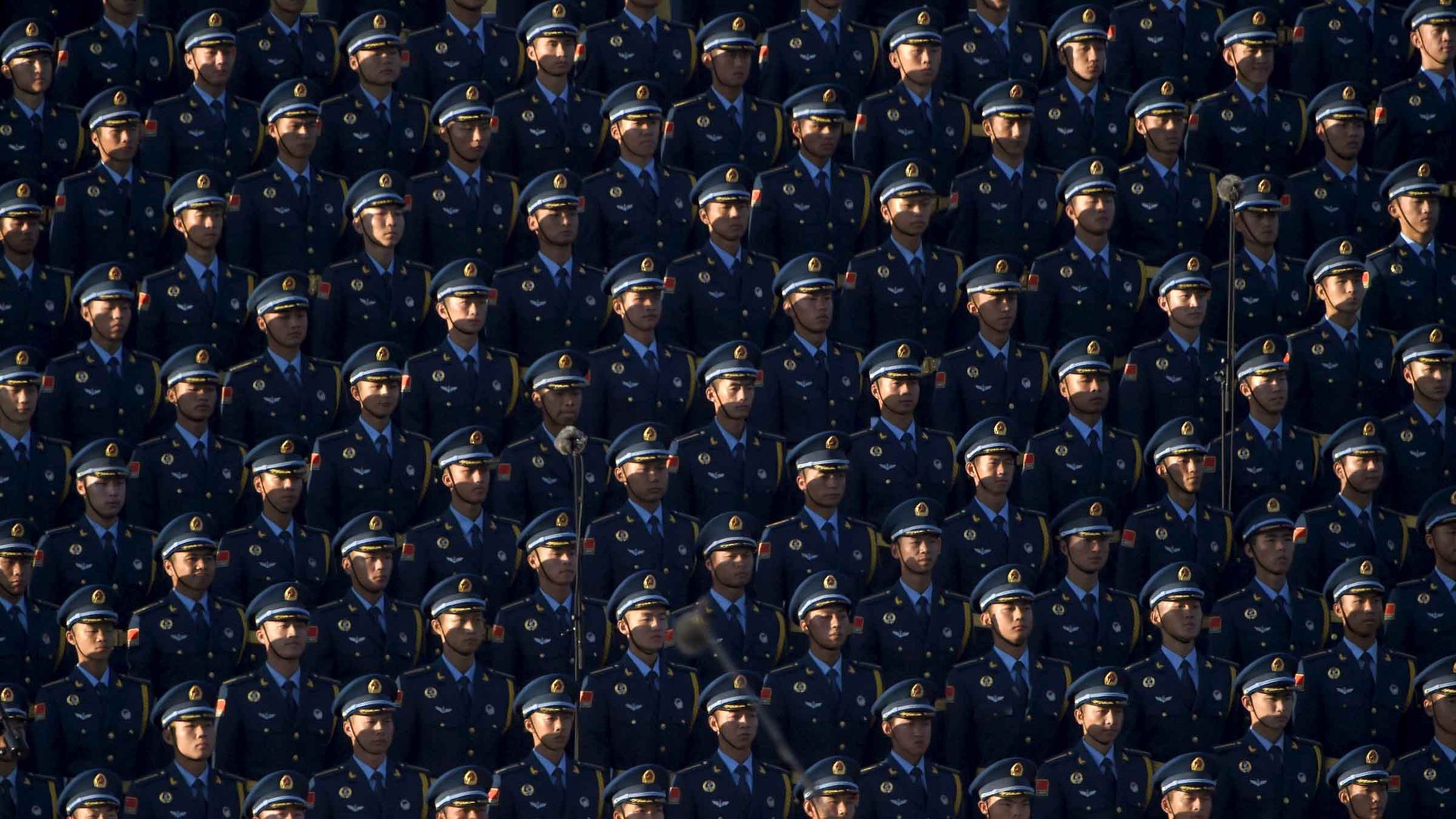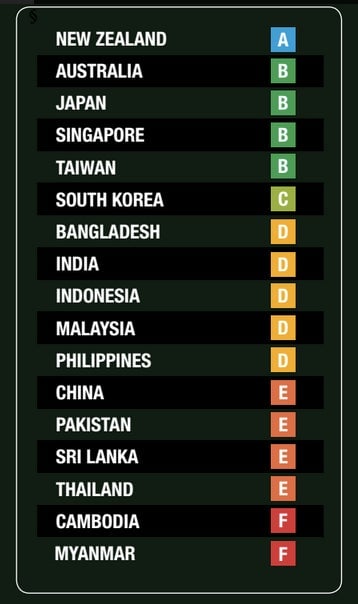China accounts for 30% of the world’s secretive military spending
China is responsible for 30% of the world’s secretive defense spending, reports Transparency International (TI), a Berlin-based anti-corruption NGO. Secretive spending, defined by TI as “military expenditure where no meaningful details are released either to the public or parliament,” is leading to corruption at home and mistrust in the Asia-Pacific region that could destabilize the area, the organization says.


China is responsible for 30% of the world’s secretive defense spending, reports Transparency International (TI), a Berlin-based anti-corruption NGO. Secretive spending, defined by TI as “military expenditure where no meaningful details are released either to the public or parliament,” is leading to corruption at home and mistrust in the Asia-Pacific region that could destabilize the area, the organization says.
“No information is available on acquisition planning, and only broad details are disclosed on actual and planned purchases,” TI wrote about China’s defense spending in its Asia-Pacific Government Defense Anti-Corruption Index, adding: “The Chinese public would gain more knowledge about their nation’s defense capabilities through reading foreign press reporting.”
Furthermore, “additional, off-the-books spending” could be as high as 50% of China’s official defense expenditure—or $65 billion, based on China’s declared defense budget last year (paywall)—making it extremely difficult to form an accurate assessment of what China’s military is spending its money on.

China is one of 11 countries in Asia that TI says has a “high,” “very high,” or “critical” risk of corruption in its ranking of defense “establishments.” Myanmar and Cambodia score the worst.
China’s military expenditure now accounts for 12% of the world’s total, according to the TI report.
As China’s GDP has grown, so has its spending on weapons and military, though it is far outpaced by the US. The below data is from the Stockholm International Peace Research Institute, which has to rely on its own estimates to parse China’s actual military spend:
Meanwhile, China’s military budget as a share of its GDP remains remarkably flat from year to year:
Part of the reason China’s defense spending is so muddy is that the People’s Liberation Army has long been able to generate impressive side revenues by establishing corporations or by commercializing the vast amounts of land entrusted to it.